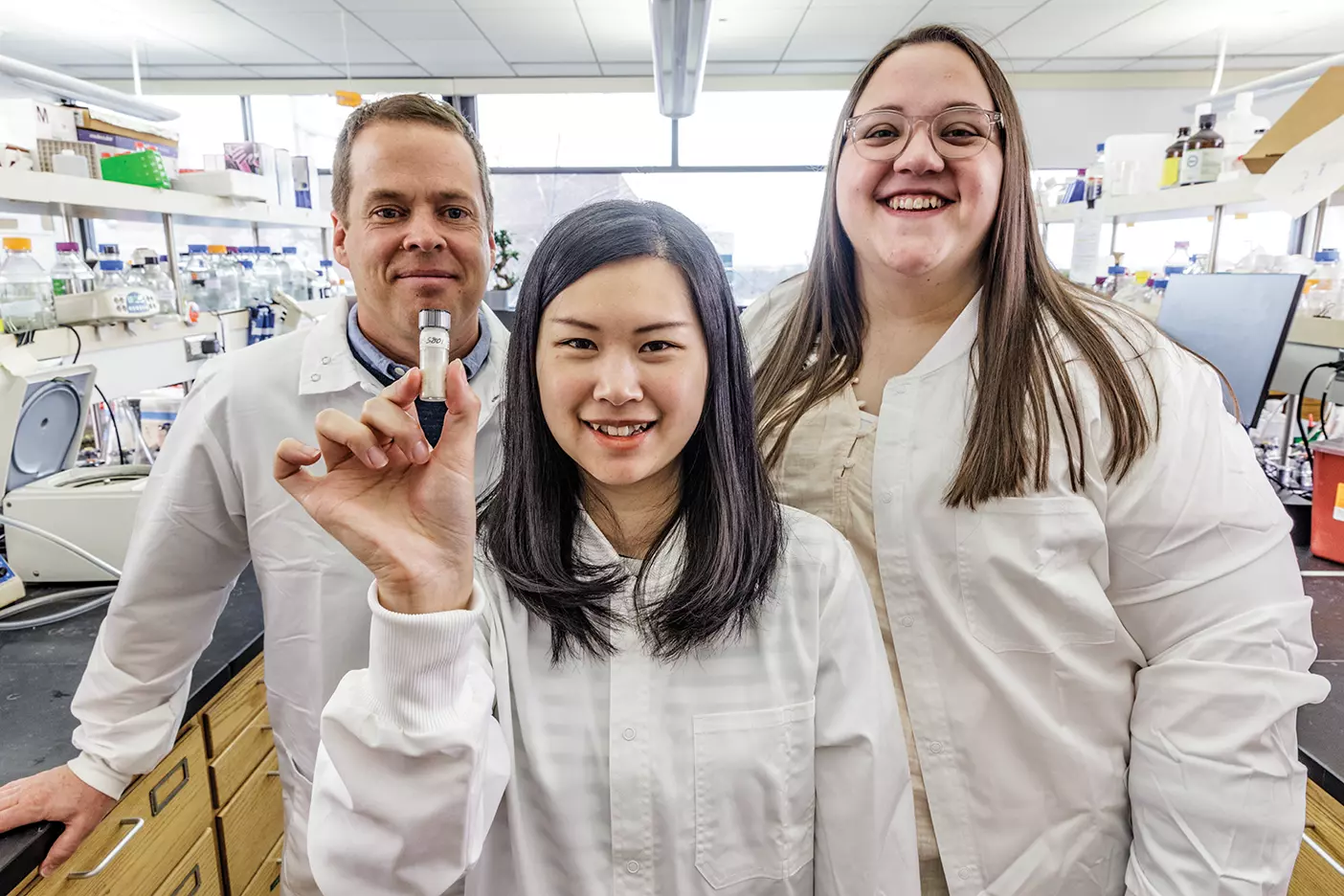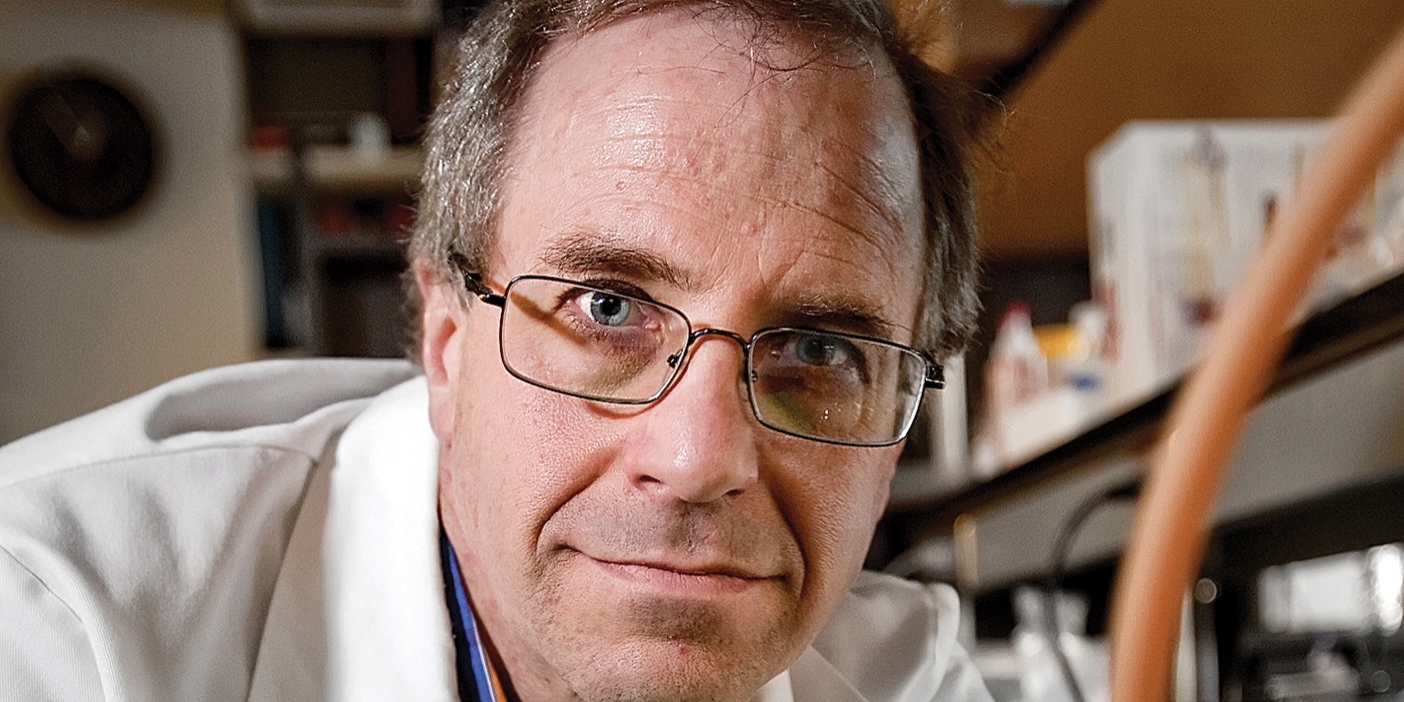BYU researchers, in tandem with a pharmaceutical company, developed a new cancer drug that's ready for human trials.

In her first year in the Fritz B. Burns Cancer Research Laboratory, PhD candidate Tsz-Yin Chan (PhD ’20) ran experiments to screen for potential cancer drivers—proteins that power and accelerate tumor growth—and found a match: TNK1.
“TNK1 was almost unknown to the world,” says Chan, now a lab postdoc. “No one really understood what it was doing in the human body. Being among the first to discover [its role as a cancer driver] really meant something.”
She hopes this discovery will one day mean something to cancer patients too. Over the past six years Chan, working with PhD candidate Christina M. Egbert (’22) and chemistry professor Joshua Andersen (BS ’01), further investigated TNK1—eventually leading to a drug that targets it to stop tumor growth.
That drug, called TP-5809, recently completed the FDA-mandated preclinical safety and toxicology studies that enable a drug to advance to clinical trials in humans—a milestone that often takes decades.
“A researcher in academia could go a whole career without ever developing a drug that’s ready for trials,” Andersen says. “We all feel really lucky that this happened—a lot of things had to line up perfectly.”
One of those lucky breaks? Connecting with Steven L. Warner (BS ’01), senior vice president and head of US Research at Sumitomo Pharma Oncology, a pharmaceutical company with a branch in Lehi, Utah—and a former BYU classmate of Andersen’s.
Warner’s team “brought the expertise of knowing how to identify, design, optimize, and develop a drug that targets the science uncovered at BYU,” says Warner.
The next step is to identify patients who could potentially benefit from TP-5809. “A lot of the more prevalent cancer drivers have already been discovered,” explains Egbert, “and people have developed drugs for some of them.” But developing treatments that target newly discovered drivers is a step forward in providing tailor-made therapies for all patients—which, says Andersen, is “the new way of cancer treatment.”











